#rita fairbanks
Explore tagged Tumblr posts
Text

Douglas Fairbanks Jr. and Rita Hayworth in ANGELS OVER BROADWAY (1940) directed by Lee Garmes and Ben Hecht.

29 notes
·
View notes
Text
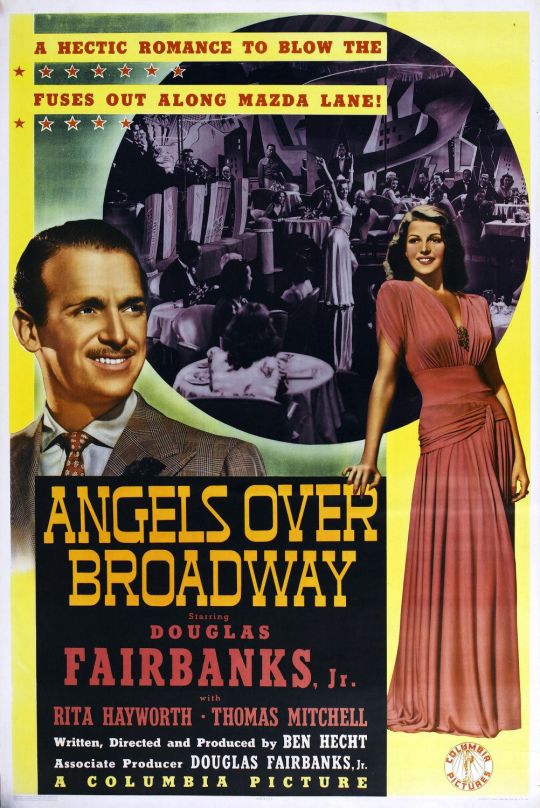
4 notes
·
View notes
Photo
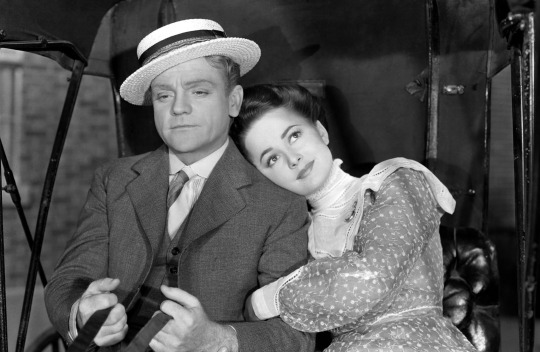
The Strawberry Blonde (1941)
During the height of the Old Hollywood Studio System – when studios themselves contracted directors, actors, writers, and other craftspersons – Warner Bros. found its niche as the “dark” studio. Warners might not have invented the gangster picture, but they codified its archetypes and tropes, becoming synonymous with the subgenre. In the early 1940s, director Raoul Walsh (a film noir pioneer; 1940’s They Drive by Night and 1941’s High Sierra) was nearing the peak of his career and actor James Cagney (1938’s Angels with Dirty Faces, 1949’s White Heat) was perhaps Warners’ most bankable star. Walsh was known for his proto-noir works and crime dramas; Cagney arguably the era’s definitive gangster actor. By 1941, both needed something different to work with.
Adapted by brothers Julius J. and Philip G. Epstein from James Hagan’s pastoral stage play One Sunday Afternoon, The Strawberry Blonde was exactly what both men sought. The Strawberry Blonde – often billed as a romantic comedy because it is a much lighter adaptation than 1933’s One Sunday Afternoon (starring Gary Cooper and Fay Wray) – is a celebration of simple, unadorned love. Though not a gag-a-minute comedy, Walsh’s uncharacteristic film shines through the performances from Cagney and especially Olivia de Havilland (three years removed from The Adventures of Robin Hood and two from Gone with the Wind). It is a joyous and nostalgic production; perhaps it should be no wonder it was a career favorite film for Walsh and a highlight for Cagney.
The Strawberry Blonde occupies two time periods. The film is set in New York City sometime in the late nineteen aughts or early 1910s, but primarily told through flashback during the late 1890s. In the flashback, Biff Grimes (James Cagney) aspires to become a dentist and yearns for a strawberry blonde socialite named Virginia Brush (Rita Hayworth; whose singing voice is, in a fleeting scene, not dubbed for the only time in her career). Along with his buddy and soon-to-be business partner, Hugo Barnstead (Jack Carson), they go on a messy double date with Virginia and her friend, the nurse and suffragist-leaning Amy Lind (Olivia de Havilland). Upon first impressions, Biff considers Amy to be the less attractive, amusing, and sociable girl. When fate – or, more precisely, Hugo’s duplicity – intervenes, Biff and Amy find love together and marry. While Biff begins studying for a dentistry diploma by mail correspondence, the two navigate financial and personal travails. Despite the marriage, Biff harbors a stewing resentment towards Hugo and a lingering covetousness towards Virginia apparent in the film’s bookends.
Among the bit players are Alan Hale as Biff’s father; George Tobias as Biff’s and Amy’s Greek immigrant friend, Nicholas Pappalas; Una O’Connor as Mrs. Mulcahey; and George Reeves (a future television Superman) as a belligerent, loudmouth, mustachioed college man who – due to his sweater – I choose to believe is from Yale. The four actors listed here, all Warner Bros. contractees at the time, each have their memorable moments.
The Strawberry Blonde serves as a memorialization to the time of Walsh and Cagney’s upbringing, similar to Vincente Minnelli’s Meet Me in St. Louis (1944) at Metro-Goldwyn-Mayer (MGM) and, if one wants to draw a modern throughline, the Duffer Brothers’ Stranger Things. In many ways, the film also feels like a musical. There are numerous diegetic performances of songs – whether by our central cast or a band – popular during the turn of the century. “The Band Played On” (from which the film derives its title; “Casey would waltz with a strawberry blonde / and the band played on”), “Bill Bailey”, “The Fountain in the Park”, “Meet Me in St. Louis”, “Wait ‘Till the Sun Shines, Nellie”, and much more fill the soundtrack. Composer Heinz Roemheld’s (1942’s Yankee Doodle Dandy, 1947’s The Lady from Shanghai) work adapts many of these songs into a boisterous, energetic score. Roemheld knows when to dial his orchestra back during the film’s most intimate scenes, but this wall-to-wall score evokes the period. Ostensibly, according to the screenplay, it was a time of romantic walks and live music performances in almost all social settings. In a sense, these decisions make The Strawberry Blonde into a sort of half-musical.
With his most recent movie being the film noir High Sierra (1941) with Ida Lupino and Humphrey Bogart, the transition from a largely outdoors-set crime drama to interior-heavy romantic comedy nevertheless suited Walsh. Walsh receives immeasurable help from one of the best cinematographers ever in James Wong Howe (1941’s Abe Lincoln in Illinois, 1963’s Hud). Howe’s signature high-contrast, low key lighting – generally associated with film noir – is not present much in The Strawberry Blonde. But what Walsh and Howe accomplish is making a bygone decade contemporary again. Outside the film’s romantic scenes including Cagney and de Havilland or Cagney and Hayworth, the film’s frames overflow with activity. With masterful use of blocking and mise en scène in these moments, Walsh and Howe’s frames are always dynamic, moving – but not swooping – alongside masses of extras and supporting characters rather than staying put, as if taking still photography. A static camera during Biff’s dates out on town would immediately render The Strawberry Blonde as a dusty artifact, a creaky throwback. Stationary cinematography has its uses when there are plenty of actors on-screen, but such a decision would make this remake too much like its 1930s original. Instead, in conjunction with Orry-Kelly’s (1951’s An American in Paris, 1959’s Some Like It Hot) outstanding costume design, the past leaps out of the history books and memories to be present again.
youtube
The notable instances in which Walsh and Howe keep their camera as rigid as possible are when Biff finds himself at the park bench where he and Amy first met. The set for the park also happens to be art director Robert M. Haas’ (1941’s The Maltese Falcon, 1949’s The Inspector General) plainest craftsmanship in the entire film. These scenes are the most obviously soundstage-bound moments – the too-perfect grass, the flatness, and lack of discernible lighting – despite the extras strolling in the deep background. The Strawberry Blonde’s park scenes mark the beginning and the renewal of Biff and Amy’s relationship, rendering them arguably the romantic highlights of the film. The contrast from these scenes to places such as the beer garden, the Central Park Zoo, or the Statue of Liberty make them the least “present” of the film. Some viewers less experienced in Old Hollywood (or those who, wrongfully, dismiss the style altogether) might complain about the obvious artifice in those park bench scenes with Biff and Amy, but my goodness does the aesthetic contrast make one take notice. Not only that, but the Epstein brothers’ dialogue for Cagney and de Havilland here is gently funny, and filled with warmth.
James Cagney, with his vaudeville background, was known for his physically exaggerated performances that nevertheless maintained a raw emotional core. That works to his benefit throughout The Strawberry Blonde, in which the character of Biff often sounds calm and measured, but his words bely fearfulness and bitterness. Despite the tough-guy gangster persona he often played in Warners’ gangster pictures, there are shades of Cagney’s later performance as George M. Cohan in Yankee Doodle Dandy here. Look at the grace in his dancing at the beer garden, a seemingly spontaneous cartwheel upon learning wonderful news, and how he putters about restlessly when conversing with Amy for the first time while expecting Virginia to show up. But also notice his weariness during the film’s bookends, how he accepts – but does not despair about – his station in life.
Olivia de Havilland is Cagney’s equal in this film, and a great foil to Rita Hayworth (whose character of Virginia is depicted as more conventionally attractive, but possesses a casual cruelty and vanity that gradually reveals itself). A middle-class nurse is an unusual role for an actress known at the time for mostly playing rich women and/or Errol Flynn’s love interest in swashbucklers or Westerns. As Amy, de Havilland curiously receives two “introductory” scenes in the film – both radically different from the other in storytelling function, reflecting the rarity of a second first impression and Biff’s tendency to see only surface details. Seemingly reserved but playful when she wishes to be, de Havilland’s Amy is an absolute delight of a character from the moment she appears. One crucial moment late in the film – in which Biff is dancing around an implied truth so that he can soften the blow for Amy – is heartbreaking acting from both. De Havilland’s movement and her glance outside the window in that scene epitomizes the agony in that moment. Knowing both actors’ resumes, I initially came into The Strawberry Blonde thinking that, on paper, Cagney and de Havilland would be a romantic mismatch. What a happy surprise it is to be completely wrong.
Unlike contemporary films that might take a nostalgic trip to a decade like the 1970s, ‘80s, or ‘90s, The Strawberry Blonde feels, at times, truly transporting. The incredible attention to visual details and especially the diegetic music (too often those newer nostalgia-driven movies resort to pin drops of non-diegetic music) help immensely. Though the film suggests an immigrant experience that would have been appropriate for turn-of-the-century New York, The Strawberry Blonde declines to say more about it – most likely a result of the original source material (“pickaninny”, a derogatory term that refers to black or dark-skinned children, is casually used in a song’s lyric).
At the center of this rich period detail lies an honest love between two people flowing through life’s currents. Sometimes their love is troubled with melodramatics, but they find ways to comfort and help the other with humor and goodness. Sure, it can be sentimental stuff. But it endures an upsettingly difficult test. The Strawberry Blonde has no designs to being other than a sincere love story and a fond lookback of another time. As such, it triumphs – with just one more chorus of “The Band Played On”, if you please.
My rating: 7.5/10
^ Based on my personal imdb rating. My interpretation of that ratings system can be found in the “Ratings system” page on my blog (as of July 1, 2020, tumblr is not permitting certain posts with links to appear on tag pages, so I cannot provide the URL). Half-points are always rounded down.
For more of my reviews tagged “My Movie Odyssey”, check out the tag of the same name on my blog.
#The Strawberry Blonde#Raoul Walsh#James Cagney#Olivia de Havilland#Rita Hayworth#Jack Carson#George Tobias#Una O'Connor#George Reeves#Lucile Fairbanks#Julius J. Epstein#Philip G. Epstein#James Wong Howe#Heinz Roemheld#Hal B. Wallis#Orry Kelly#WB100#TCM#My Movie Odyssey
12 notes
·
View notes
Text
Let’s find Peter Lorre!

Caricature by Al Hirschfeld (1954) for the Fifth Avenue Cinema in New York City of various Hollywood actors from the first half of the 20th century.
I do believe Peter Lorre is located in the middle of the left side, below Edward G. Robinson:

Among those pictured are:
Adolphe Menjou Alec Guinness Anna Magnani Bela Lugosi Ben Turpin Bette Davis Bing Crosby Bob Hope Boris Karloff Buster Keaton Charles Boyer Charles Laughton Charlie Chaplin Chico Marx, Groucho Marx, Harpo Marx Clara Bow Clark Gable Douglas Fairbanks Edward G Robinson Erich von Stroheim Fernandel Fred Astaire Gary Cooper George Arliss Gerard Philipe Gina Lollobrigida Gloria Swanson Greta Garbo Harold Lloyd Harold Lloyd Hedy Lamarr Ingrid Bergman Jean Gabin Jean Harlow Jimmy Durante Joan Crawford John Gilbert Judy Garland Katharine Hepburn Laurence Olivier Lillian Gish and Dorothy Gish Lionel Barrymore Lon Chaney Louis Jouvet Mae West Marie Dressler Marilyn Monroe Marlene Dietrich Mary Pickford Maurice Chevalier Michel Simon Michele Morgan Mickey Mouse Mickey Rooney Myrna Loy Norma Shearer Orson Welles Peter Lorre Raimu Rita Hayworth Rudolph Valentino Shirley Temple Spencer Tracy Stan Laurel and Oliver Hardy Stepin Fetchit Theda Bara Vivien Leigh Wallace Beery Warner Oland WC Fields William Powell William S Hart
Have some more Hirschfeld - Peter Lorre caricatures:

Peter Lorre in "Crime and Punishment," drawn June 1936

Peter Lorre in "M", 4/9/33

Peter Lorre & pals in the "You'll Find Out" trade ad, 1940
#peter lorre#bela lugosi#erich von stroheim#groucho marx#marilyn monroe#harold lloyd#peter lorre pictures#peter lorre caricature#caricature#buster keaton#al hirschfeld#caricatures
35 notes
·
View notes
Text
Ms. Rita Fairbanks
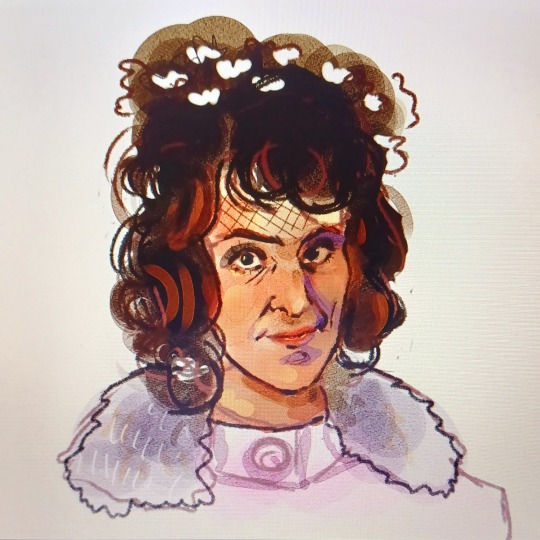
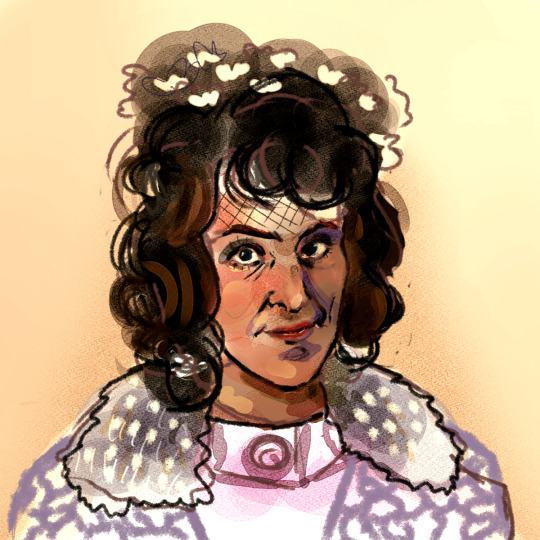
Monty Pythons flying circus has consumed my brain
(Left pic is a photo I took of my laptop bcuz for some reason my phone distorts the colours rly badly)
53 notes
·
View notes
Text
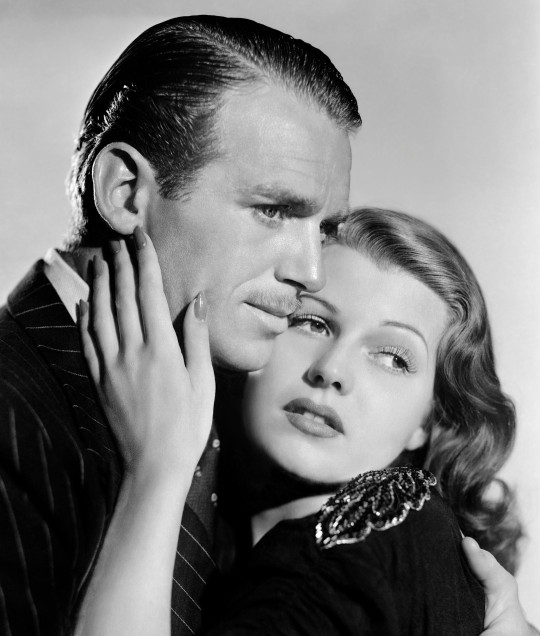
Douglas Fairbanks, Rita Hayworth in ANGELS OVER BROADWAY, 1940. Directed by Lee Garmes
11 notes
·
View notes
Text


The men Rita Hayworth would take to a desert island, 1941:
Robert Taylor, Brian Aherne, Cary Grant, Douglas Fairbanks Jr., Clark Gable, Bing Crosby, John Carroll, Gary Cooper, George Sanders, W.C. Fields, and Edward Judson
10 notes
·
View notes
Note
Smash or Pass: all of the individual Pepperpots from "Monty Python's Flying Circus" edition
Mrs Premise- Smash
Mrs Conclusion- Smash
Mrs Thing- Pass
Mrs Entity- SMASH
Mrs Gorilla- Pass
Mrs Trepidatious- Smash
Dairy Pepperpot- Smash
Spam Pepperpot- Pass
Anti-Communist Pepperpot- Smash
Mrs N Baiter- Pass
Rita Fairbanks- SMASH
Penguin Pepperpots- Pass
There were so frigging many…
#monty python#michael palin#john cleese#graham chapman#eric idle#terry jones#monty python’s flying circus
6 notes
·
View notes
Text
“And thank you, reader, you contribute to my book because I imagine you as I write. I imagine you looking like a latter-day Carole Lombard, Vivien Leigh, or even a Latter-Day Saint and falling in love with me, overcome by my talent. Or I imagine you as a born-again Ronald Colman or Douglas Fairbanks, falling in love with me, overcome by my talent just like your female counterpart. If not overcome by my talent, then how about overcome by my ego?
Are writers really that egotistical? No, but if I don't believe in myself, it's a sure bet you won't believe in me at all. Unfortunately, a lot of people confuse that with conceit. I'm not conceited, but I am vain. I expect you to frame the photo on the back of this book and swoon at regular intervals. Go on, a little worship is good for the soul—mine.”
— Rita Mae Brown, Sudden Death
0 notes
Text

Angels Over Broadway (1940) Directors: Ben Hecht and Lee Garmes. Starring: Douglas Fairbanks Jr., Rita Hayworth, and Thomas Mitchell.
A cuckolded embezzler on the verge of suicide is helped by a tout, an alcoholic playwright, and a pick-up girl to reimburse the money with a gambling sting.
0 notes
Text



Rita Hayworth and Douglas Fairbanks, Jr. for ANGELS OVER BROADWAY (1940). Writer-director-producer Ben Hecht.
23 notes
·
View notes
Text
Some doodles of my favorite characters played by Eric that I don't talk about quite as much as the usual suspects...
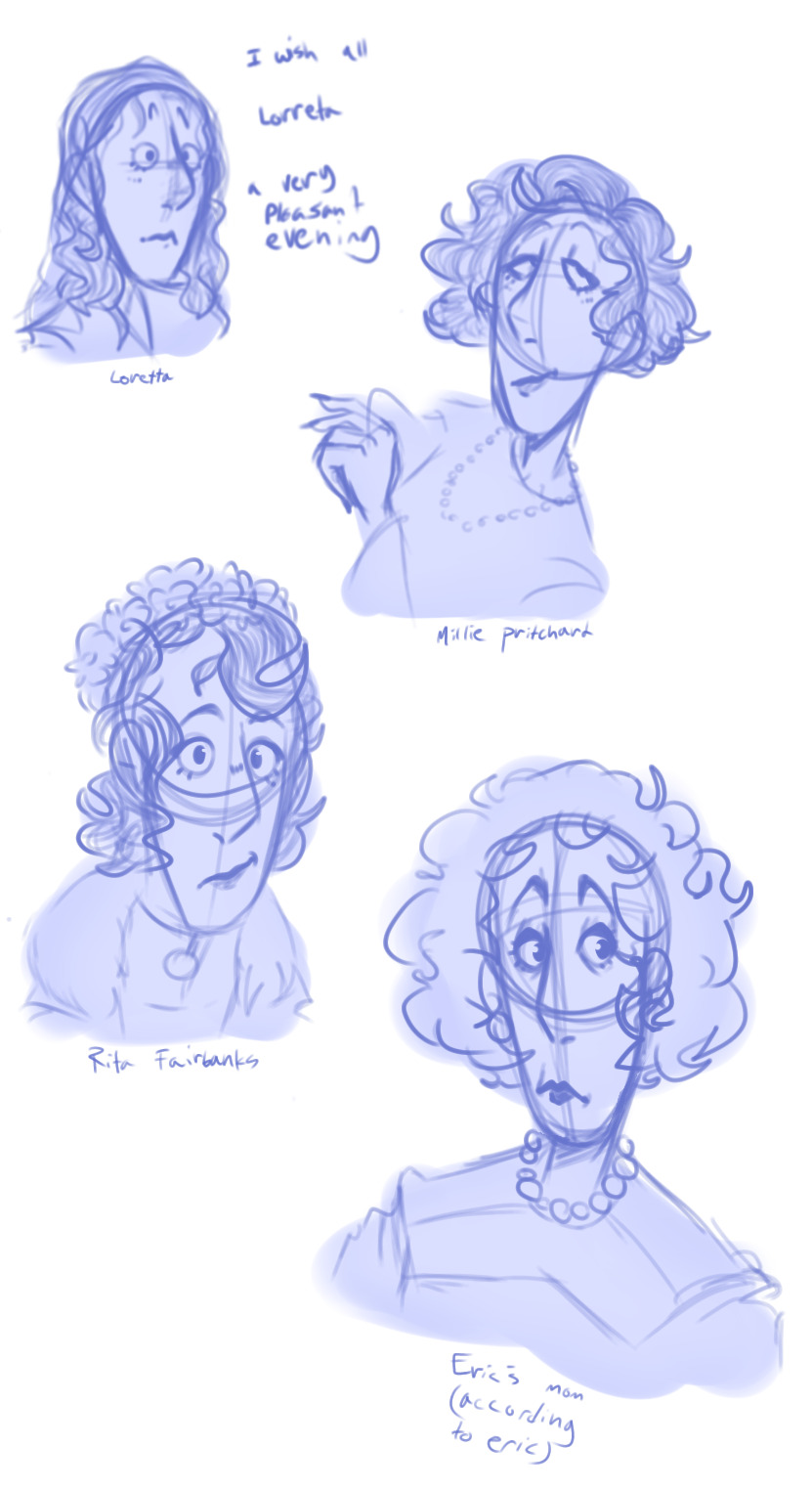
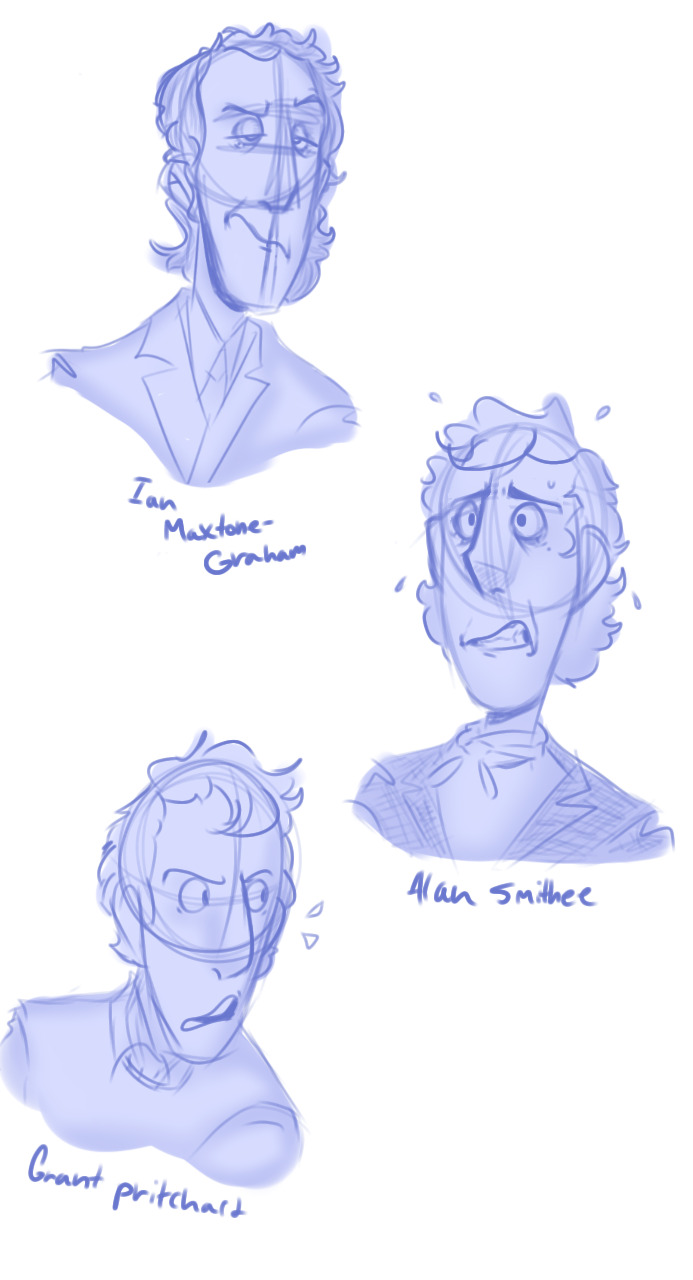
(aka "Proof that Eric can pull off playing men and women fantastically")
#eric idle#loretta life of brian#aunt millie#rita fairbanks#the very last one is from the best of series#eric's playing a fictional version of his mom and she SENDS ME every time#ian maxtone-graham#alan smithee#grant pritchard#monty python#nearly departed#suddenly susan#burn hollywood burn#my arts
35 notes
·
View notes
Text
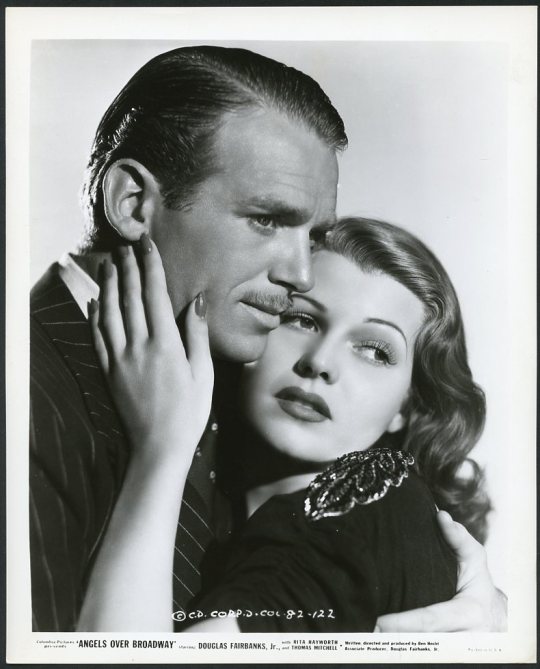

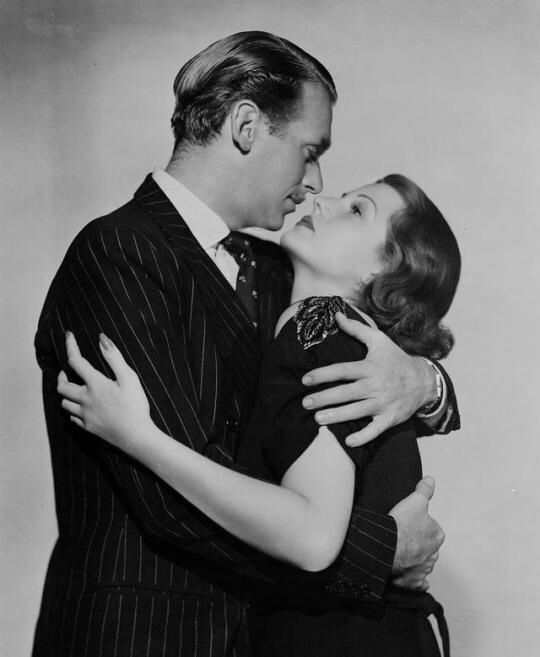

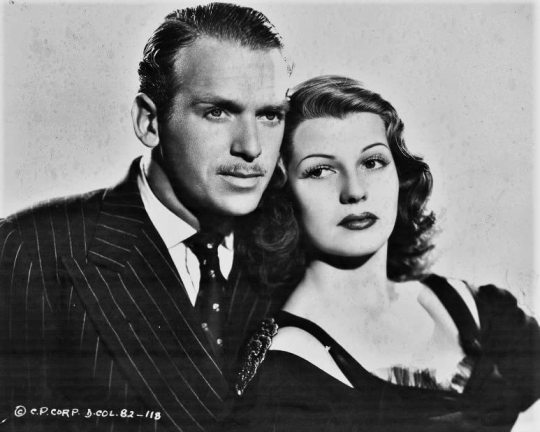
Douglas Fairbanks Jr and Rita Hayworth in publicity stills for Angels Over Broadway (1940). This is his third honorable mention, after The Life of Jimmy Dolan and Young in Heart.
5 notes
·
View notes
Text
Some things that made 2021 a little more bearable....
Just a collection of movies/books/tv shows that I was into in 2021.
- “Off With Their Heads: A Serio-Comic Tale of Hollywood”, Frances Marion, 1972.
- “Black Sails”. Late to the party, but I see now why this show enjoys a vigorous afterlife on Tumblr.
- “Emily in Paris”. Pure sugar, and not memorable, but enjoyable nonetheless.
- “It’s a Sin”, which also meant that I had to rediscover my love of the Pet Shop Boys
- “The Ghost & Mrs. Muir”, 1947. I loved it so much I also read the book! The sitcom from the late 60′s was cute and didn’t shy away from the romance, but that’s about it (you can find it on YouTube, if you’re curious).
- “Laura”, 1944. Again, I loved it so much I also read the book! Dana Andrews became my new favourite leading man.
- “Gilda”, 1946. I had NO IDEA that this movie was kinky.
- “Blood and Sand”, 1941. Will never like Tyrone Power, but Rita Hayworth and Anthony Quinn have a smokin’ hot dance number. I never finished watching the 1922 version with Rudolph Valentino, but I should. Did you know that there’s also a cocktail named “Blood and Sand”?
- “The King and I”, 1956. Honestly, it’s all about the “Shall We Dance?” number. “Anna and the King” from 1999, on the other hand, was a total snooze.
- “Loki” because SYLKI!!!
- “Our Modern Maidens”, 1929. Douglas Faibanks Jr. became my new NEW favourite leading man.
- “The Thief of Baghdad”, 1922, just because I had to see how Fairbanks Senior compared.
- “Let Us Be Gay”, 1930. I will watch anything with Queen Norma Shearer, and this led me to the plays of Rachel Crothers.
- “Citizen Hearst”, “The Cat’s Meow” and “The Times We Had: My Life with W.R. Hearst” by Marion Davies. Never could understand their relationship...
- “Britannia” Season 3. There had better be a heartfelt reunion in Season 4 or Jez Butterworth will be hearing from me!
- “Downton Abbey” rewatch. Tom Branson is love, and that’s all there is to it.
#dowton abbey#tom branson#britannia#britannia tv#Britannia Season3#loki#loki tv series#gilda#the king and i#blood and sand#rudolph valentino#rita hayworth#Our Modern Maidens#Douglas Fairbanks Jr.#douglas fairbanks#let us be gay#norma shearer#Laura#dana andrews#ghost and mrs. muir#it's a sin#emily in paris#Black Sails#frances marion#marion davies#w.r. hearst#sylki
7 notes
·
View notes
Photo

Douglas Fairbanks Jr.-Rita Corday “La conquista de un reino” (The exile) 1947, de Max Ophuls.
25 notes
·
View notes
Photo





Angels Over Broadway (1940) Ben Hecht
November 25th 2020
#angels over broadway#1940#ben hecht#douglas fairbanks jr.#rita hayworth#thomas mitchell#john qualen#constance worth#jack roper#george watts#lee garmes
14 notes
·
View notes